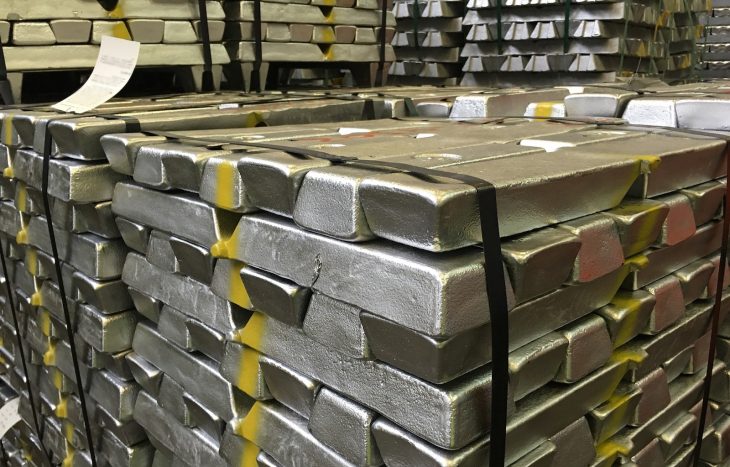By Martin Hartlieb, Viami International Inc.
In December 2019, the European Union (EU) launched its “European Green Deal,” a roadmap to achieve protection of the environment, efficient use of resources, decarbonization and climate neutrality by 2050.1 The Carbon Border Adjustment Mechanism (CBAM) is one pillar of this Green Deal.2 CBAM, which will reform and complement the EU Emissions Trading System (EU ETS), was designed to be a tool that would “put a fair price on carbon emitted during the production of carbon-intensive goods that are entering the EU, and to encourage cleaner industrial production in non-EU countries.” The tool sets a price for the embedded carbon emissions generated during the production of imported goods so that the carbon price of imports matches domestic production, ensuring that the EU’s climate objectives are not undermined.
The object is, therefore, that the EU wants to prevent “carbon leaking,” in which companies that produce carbon-intensive products — like aluminum — attempt to avoid high costs for carbon in the EU by moving their production to another country outside the EU with lower carbon costs — only to then import those goods. As a result, CBAM aims to also encourage cleaner industrial production in non-EU countries and to level the playing field with producers inside the EU that must comply with EU regulations on greenhouse gas emissions.
Implementation Timeline
CBAM was launched in May 2023 through Regulation EU 2023/956 and entered into effect on October 1, 2023, beginning with a “transitional phase” (without monetary consequences), which will end in December of this year. During this transitional period, importers of selected product groups covered by CBAM have had to submit quarterly reports on the quantities regarding their imports and their imbedded greenhouse gas emissions, but no payments had to be made.
The EU recently confirmed that the full CBAM system will start January 1, 2026—at least in a simplified version.3 This is despite some ongoing procedural uncertainties, because currently there are still three public consultations ongoing. Nevertheless, the Commission still plans to adopt the implementing acts in Q4 2025. So, beginning in January 2026, the EU will move from informational reporting to actually charging a price on CO2 emitted during the production of carbon-intensive products, like aluminum, upon entering the EU.
Many companies are currently struggling to find clarity and how to deal with the complexity of CBAM calculation — such as which rules apply to their business, how do they apply for their products, and how will carbon prices in third countries be recognized? Even in the simplified CBAM version, importers will still need to have CBAM certificates for imports.
The simplifications allow for exceptions, such as the use of default values or estimates for carbon emissions of a product when actual data cannot be generated, obtained, or verified. Small importers (with less than 50 tons per year) are now excluded from CBAM. The simplification also affects the actual purchase of those certificates, which is now deferred to February 2027 for 2026 imports.
The certificate price will be equal to the average EU Emissions Trading System (ETS) auction price for the previous week. However, for 2026 compliance, the certificate price will be the average quarterly EU ETS auction price for the quarter the goods were imported.
Further Consultations and Studies
One of the three public consultations that will impact importers of aluminum containing products is about the extension of CBAM to downstream products, as demanded by several organizations, including European Aluminium, to avoid market distortion. According to these organizations, the current CBAM version would incentivize production of downstream aluminum-intensive products outside the EU, thereby undermining the objective of CBAM to prevent carbon leakage. This could broaden the scope of CBAM to several industries initially not affected by it.
Among others, European Aluminium commissioned a study that shows that the current design of the CBAM would actually rather accelerate carbon leakage in the aluminum sector due to circumvention risks (especially by over-declaring recycling/scrap contents, since scrap would enter free of CBAM charges).4 The study shows that more transparency and more precise reporting rules and obligations are needed for importers, especially regarding the calculation and declaration of carbon footprints and recycling/scrap contents of their products. Unverified scrap content indeed poses a major risk of circumvention.
Besides the consultations that could still lead to some adjustments in CBAM rules, ongoing trade negotiations are also impacting certain importers. For example, the EU and India recently reached a deal, in which the EU would recognize the Indian ETS, thus reducing the CBAM burden for Indian products.
Conclusion
Despite the many uncertainties around the exact rules of CBAM and how they will be applied to each product, it seems very clear that CBAM in the EU will come into effect on January 1—and it will stay. Several countries already announced they will follow the EU with their own CBAM programs. Therefore, companies cannot wait any longer for more clarity, they need to immediately prepare for the full implementation of CBAM. It is important to identify CBAM covered goods, to collect all relevant emissions data and establish processes to constantly receive updated values (or obtain default values), to budget for CBAM certificate purchases (and consider them in supplier selection and price negotiations for 2026 and after), to monitor legislation, and to participate in consultations (if relevant).5
References
- “European Green Deal,” European Council of the European Union.
- “Carbon Border Adjustment Mechanism,” COM (2025) 87 final, European Commission.
- “CBAM Amendment,” European Commission.
- “CBAM: An Ineffective Carbon Leakage Protection Measure for Aluminium in Need of Urgent Reform,” European Aluminium, April 2025.
- Giovannini, Valerio and Thomas Delille, “EU’s carbon cost rules are changing: how companies can prepare for CBAM,” Reuters, September 5, 2025.
Editor’s Note: This article first appeared in the October 2025 issue of Light Metal Age. To receive the current issue, please subscribe.

